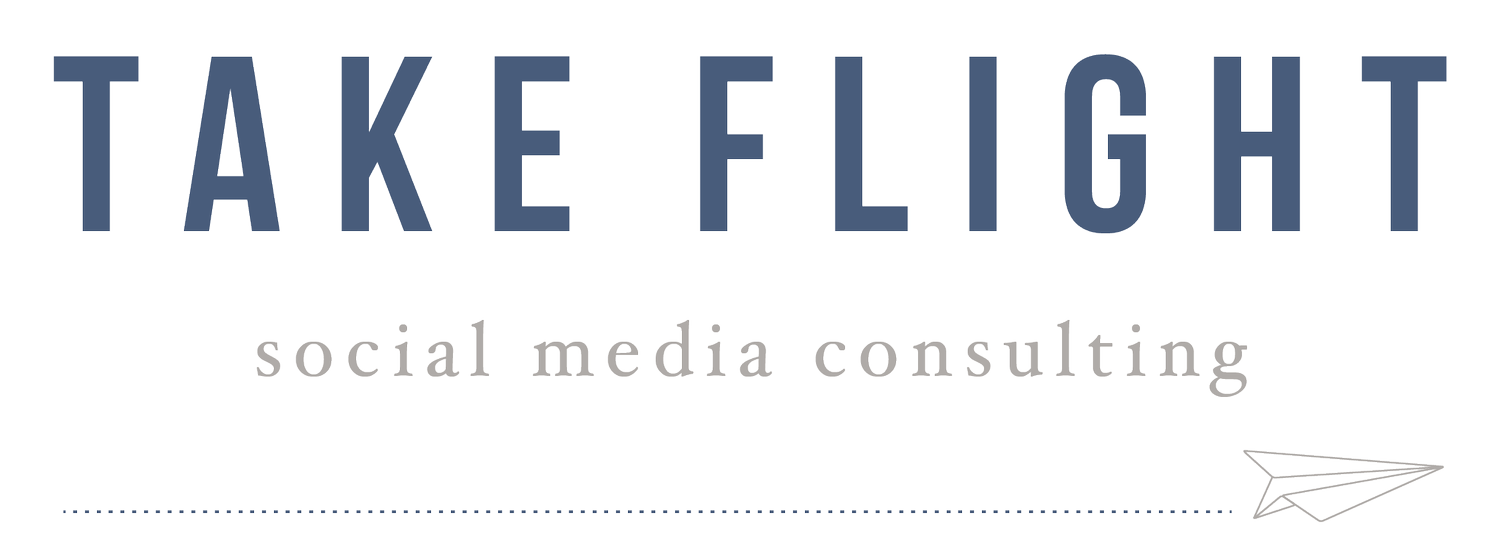If you’re marketing a small business or brand, you’re using social media in some way. (If you’re not, we can help get you started right away!) Simply stated, social media allows you to market your business in a targeted fashion in a way that extends your reach beyond your own community. Facebook remains the biggest bang for your marketing buck, both in terms of engagement and conversion rate, but we have many clients get tripped up on the difference between sinking money into Facebook Ads or using boosted posts to drive eyes (and clicks) their way. You find the difference in the details, and knowing the subtle differences matters—especially when you’re watching your marketing budget.
Explaining Boosted Posts
Boosted posts cost money, which inherently makes them marketing content. Boosted posts allow you to use specific targeting in terms of location and demographics, but the functionality is limited. Generally, boosting your posts drives them higher into the feeds of people and businesses already following you, though they will show in a limited amount of feeds matching your target demographic. Keeping your post higher in your followers’ feeds helps drive engagement. After all, the more people see your content, the more likely they are to take a closer look or comment on what they see.
Boosted posts do best when they’re working to draw attention to a specific event or post, especially because their capability is limited when it comes to what you can “ask” of your audience. Boosted posts allow for engagement and click-throughs, whether you direct them to your own website or a place where tickets for your event can be purchased, for example.
Understanding Facebook Ads
When compared to boosted posts, Facebook Ads put much more power in your hands. Not only can you target specific demographics—including people that don’t already like your page—but you can piece ads together into a comprehensive campaign. As a marketing platform, Facebook Ads have extreme functionality, from A/B ad testing to keeping all of the analytics from a single campaign in one place, even if you’re using varied posts and ads in the same campaign. In addition, Facebook specifically designed their ads to drive calls to action, not just engagement. That means Facebook Ads are fantastic for actionable items like getting someone to purchase a specific product, download an app, or watch a video.
Another key component in Facebook Ad campaigns is their ability to funnel ads based on engagement. If someone interacts with one of your ads, you can target them to see another one. Boosted posts can’t compete with that sort of repeat exposure.
How to make the most of your marketing budget
The major difference between the two types of Facebook content is the amount of control you have over the content. With Facebook Ads, businesses have much more control over who sees their content—and control over what viewers can do once they see that content. While it might seem like Ads are the way to go in all situations, that’s not always the case. A Facebook Ad campaign will end up costing more money than boosting a post, and not all of your content needs that sort of power behind it.
We get that it can be a lot to keep in your head when you’re trying to juggle multiple social media platforms plus everything involved in running your small business. The best, and easiest, rule of thumb is to use boosted posts for overall engagement and brand visibility. For actionable items, like lead generation and conversion, Facebook Ads win out every time.
The bottom line: Boosted posts and Facebook Ads both matter
Like so many social media answers, small businesses get the most mileage out of their money when they diversify their marketing budget. Having two robust marketing options on Facebook allows the platform to maximize its usefulness to small businesses, and we can help you take advantage of those options in a strategic, targeted manner.
Do you use diverse marketing strategies or tend to fall back on your current favorites?


